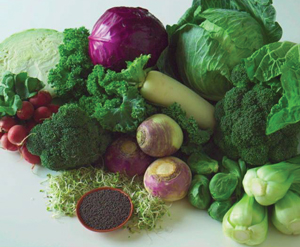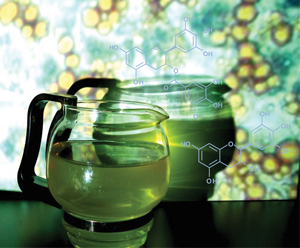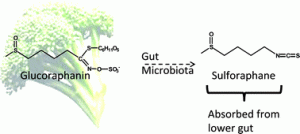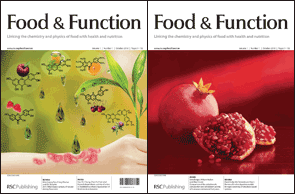 A Food & Function paper on gut bateria activation of broccoli’s cancer preventive agent has been highlighted in The Independent and the Montreal Gazette.
A Food & Function paper on gut bateria activation of broccoli’s cancer preventive agent has been highlighted in The Independent and the Montreal Gazette.
In this paper, the US scientists from the University of Illinois have discovered that the microbacteria in the lower gut can break down glucoraphanin, present in broccoli, to its bioactive anticancer agents, sulforaphane and its metabolites.
Sulforaphane also has anti-inflammatory properties and is able to counter the effects of many of the chronic diseases that accompany obesity and aging.
In a recent press release, Michael Miller, who is one of the co-authors of the work, suggests two ways bacteria in the colon could be manipulated to get a boost out of broccoli. “One way might be to feed the desirable bacteria with prebiotics like fiber to encourage their proliferation. Another way would be to use a probiotic approachcombining, say, broccoli with a yogurt sauce that contains the hydrolyzing bacteria, and in that way boosting your cancer protection”, says Miller.
Read the exciting article now:
Glucoraphanin hydrolysis by microbiota in the rat cecum results in sulforaphane absorption
Ren-Hau Lai, Michael Miller and Elizabeth Jeffery
Food Funct., 2010, DOI:10.1039/C0FO00110D
Read the press coverage:
Probiotics in yogurt boost benefits of broccoli
Scientists work to boost broccoli’s cancer battling abilities














